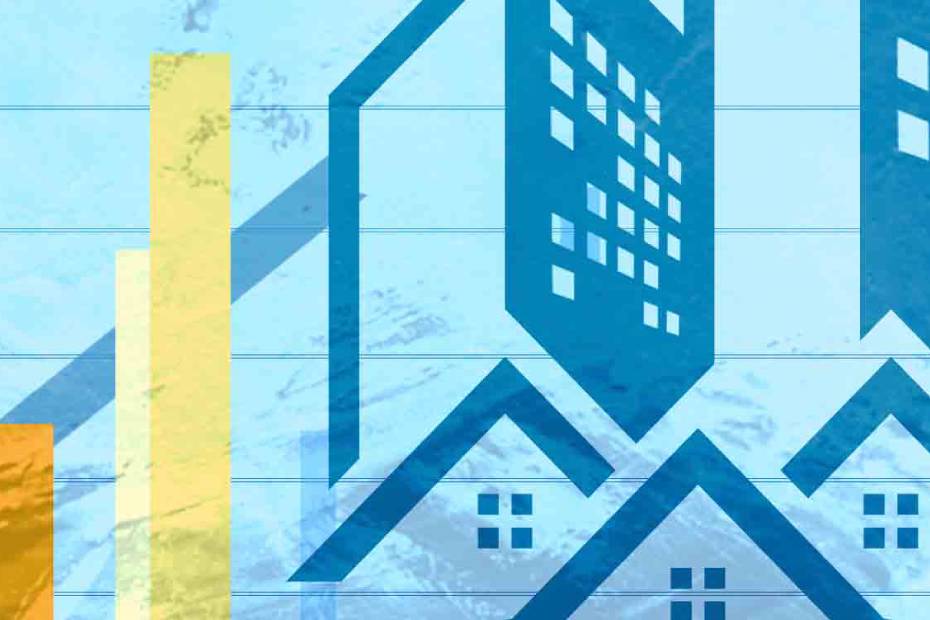Published August 31, 2021 • 4 Min Read
1. Figure out the amount of your official offer
An Agreement to Purchase a home has a number of elements to it, but the offer amount is the most important — it’s what the seller looks at first.
Several factors can help shape how much your official offer is:
- How long has the home been on the market?
- Is it a hot new property likely to entertain multiple offers at once?
- Is supply and demand in the area fairly stable?
- Does the home need a lot of work?
Answers to these questions will help determine if you can make an offer lower than the asking price, if you need to come in higher than the asking price, or somewhere in the middle.
Your real estate agent is your best resource for coming up with a figure that’s both fair and attractive to the seller.
“Real estate professionals will thoroughly research the neighbourhood and comparable properties before determining an offer price that reflects the true market value of the property,” says Melissa Nimijohn, Real Estate Representative at Com/Choice Realty.
While you work through your offer price, be sure to have your upper limit in mind — and stick to it. If you’ve gotten a pre-approval (which is recommended, before this stage), then you know how much you can afford to spend on a home.
2. Draw up the purchase offer paperwork
Your real estate agent will take the lead on creating the purchase offer agreement and put together all the necessary documents to make a formal offer to the seller. Most real estate boards have established standard forms, but there is room within them to include specific details unique to your purchase. For example, your offer should include:
- Your legal name (and the legal name of anyone you’re buying the home with)
- The name of the seller
- The address of the property
- The amount you’re offering to pay
- The amount of your deposit
- Inclusions and exclusions (for example, do you want to include the window coverings?)
- The date you want to take possession (aka the closing date)
- The date and time the offer expires
- A request for a current land survey
- Any other conditions that must be met before the agreement is finalized (for example, a satisfactory home inspection)
3. Negotiate the terms of your purchase agreement
The seller of the home will do one of three things after receiving your offer:
- Accept it
- Reject it
- Make a counteroffer
If your offer is accepted — great! Time to start planning your move.
If it’s rejected (or you don’t hear back from the seller by the deadline), ask your agent to find out why. Unless the house has been sold to another buyer, knowing this information may help you put together a stronger offer.
If the seller comes back with a counteroffer? While they may be fine with some of the terms you laid out, they may sign back changes to the price, the closing date or the conditions — or all of the above. At this point, you can accept the seller’s counteroffer, reject it, or present your own counter counteroffer. The negotiations will continue until either a deal or an impasse is reached.
4. Provide the deposit for your new home
If the seller accepts, be prepared to make the deposit for your home. The deposit shows the seller that you’re serious about buying the home and have your finances in order. The deposit is rolled into your down payment, so it’s not an extra outlay of money, but if you were to walk away from the deal after the agreement, you would forfeit your deposit.
“It’s important to understand that your deposit must be available within 24 hours of an offer being accepted. You’ll want to have quick access to those funds so you’re not scrambling at the last minute,” reminds Nimijohn. “And in a challenging market, deposits have grown — when there are two relatively similar offers presented to a seller, a stronger deposit may be the difference maker.”
The deposit amount varies based on the type of property you’re buying. Often, the deposit reflects how much a buyer wants a particular home. The way the deposit is handled also varies by province, but it’s generally given to the seller’s agent, to be held in trust until the deal is firm.
The offer stage is often one of the most stressful times of buying a home. It’s important to have a firm grasp of your price range and a good real estate partner to guide you through the process.
GET ONE STEP CLOSER TO HOME OWNERSHIP:
Get serious about your mortgage! Get in touch with an RBC Mortgage Specialist who can help you get pre-approved in advance of making your offer and also walk you through what happens after a formal purchase agreement is signed.
This article is intended as general information only and is not to be relied upon as constituting legal, financial or other professional advice. A professional advisor should be consulted regarding your specific situation. Information presented is believed to be factual and up-to-date but we do not guarantee its accuracy and it should not be regarded as a complete analysis of the subjects discussed. All expressions of opinion reflect the judgment of the authors as of the date of publication and are subject to change. No endorsement of any third parties or their advice, opinions, information, products or services is expressly given or implied by Royal Bank of Canada or any of its affiliates.
Share This Article






